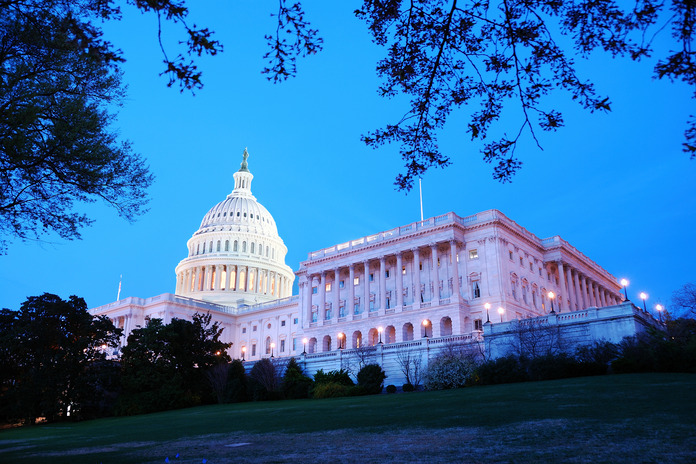Wall Street experienced a boost on Friday as a positive US Jobs Report highlighted a surge in hiring, reflecting a stronger-than-expected labor market. The S&P 500 saw a rise of 0.3% in early trading, with the Dow Jones Industrial Average adding 118 points (0.3%) and the Nasdaq Composite climbing by 0.4%.
Economic Indicators Drive Market Activity
Leading the rally were banks, cruise lines, and other companies that stand to gain the most from a strengthening economy. Notably, Norwegian Cruise Line Holdings Ltd. (NYSE:NCLH) soared by 5.6%, while JPMorgan Chase & Co. (NYSE:JPM) climbed 1.9%. Additionally, small-cap stocks within the Russell 2000 Index experienced a significant gain of 1.1%.
Although the rally was broad-based, some major tech names lagged, including Apple Inc. (NASDAQ:AAPL), which saw a slight dip of 0.4%. Despite market gains, concerns over geopolitical tensions in the Middle East continued to weigh on investor sentiment, causing oil prices to fluctuate. Nevertheless, the US Jobs Report provided a strong counterbalance, reinforcing confidence in the resilience of the U.S. economy.
A Strong Labor Market Reflects Economic Growth
The labor market stole the spotlight after the U.S. government announced that employers added 254,000 jobs in the last month, surpassing economists’ expectations and accelerating significantly from August’s hiring rate of 159,000. The strong figures came as a pleasant surprise and hinted at an economy that continues to expand, even in the face of challenges like inflation and global tensions.
According to Lindsay Rosner, Head of Multi-Sector Investing at Goldman Sachs Asset Management (NYSE:GS), the report is a “grand slam,” reflecting the Federal Reserve’s success in stimulating economic growth while keeping inflation in check. The Federal Reserve, which has been carefully managing interest rates, finds itself closer to achieving its goal of balancing economic expansion with price stability.
Treasury Yields Jump on Hiring Surge
The US Jobs Report led to a sharp increase in Treasury yields, with the two-year Treasury note yield climbing to 3.86% from 3.71% just a day prior. Meanwhile, the 10-year yield, often seen as an indicator of long-term economic growth and inflation, rose to 3.95% from 3.85%. These shifts in yields indicate increased investor optimism about economic stability and potential growth, prompting adjustments in interest rate expectations.
Reassessing Federal Reserve Rate Cut Projections
The unexpectedly robust labor market data has prompted a reevaluation of interest rate expectations. Traders have scaled back their forecasts for additional rate cuts by the Federal Reserve, with current projections suggesting less than a 10% chance of a half-percentage-point rate reduction at the next meeting. This is a notable shift from just a week ago, when the odds of a larger-than-usual cut were seen as better than a coin flip.
Labor Disputes and Inflation Concerns
In addition to the positive news from the US Jobs Report, approximately 45,000 dockworkers on the East and Gulf coasts returned to work following a temporary agreement to end a three-day strike. The suspension of the strike until January 15 provides time for negotiation of a new contract and alleviates concerns over supply chain disruptions, inflationary pressure, and potential economic drag.
Despite the encouraging labor market data, some analysts remain cautious. Scott Wren, Senior Global Market Strategist at Wells Fargo Investment Institute (NYSE:WFC), emphasized that while the job market is strong, persistent concerns about sticky housing costs and inflation could still pose challenges to the Federal Reserve’s goal of achieving 2% inflation without hindering growth.
Oil Prices and Global Market Reactions
Oil prices experienced modest gains on Friday, with Brent Crude, the international benchmark, rising by 1.1% to $78.45 per barrel. US Crude also saw an increase of 0.9%, reaching $74.38 per barrel. Despite these gains, crude prices remained volatile as markets assessed the impact of geopolitical developments in the Middle East.
In global markets, European stock indexes saw gains, buoyed by the strong U.S. employment data. Meanwhile, in Asia, the Hong Kong Hang Seng Index jumped by 2.8%, driven by recent announcements from Beijing aimed at bolstering economic growth in the world’s second-largest economy.
Featured Image: Freepik © TravelScape









